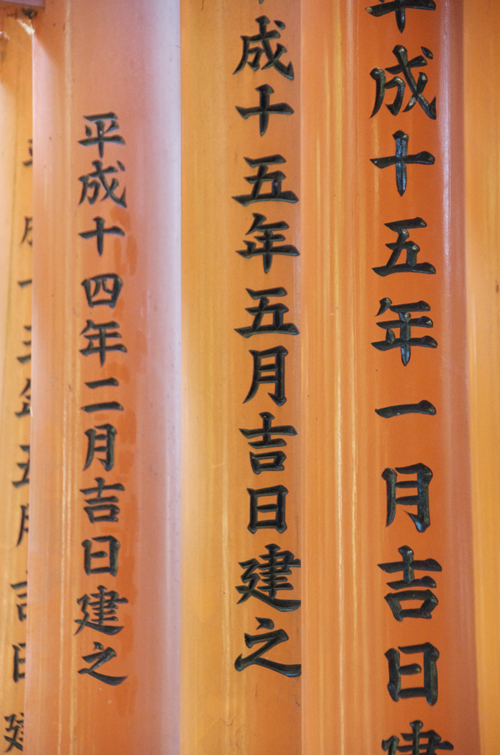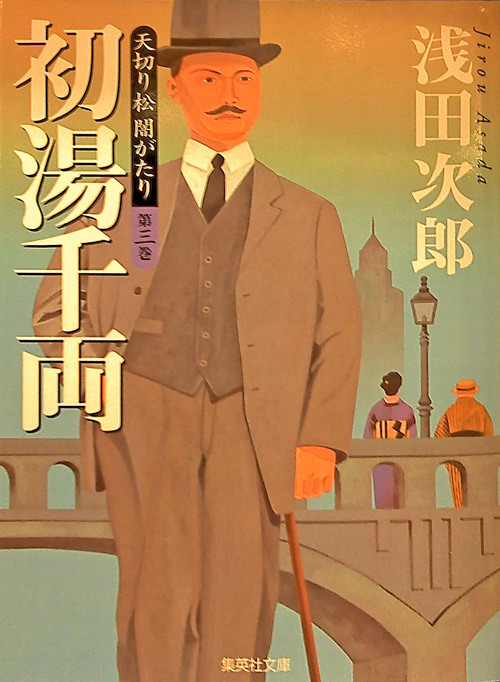1. The "One" Radical: 一
When it comes to the 一 ("one") radical, the nomenclature couldn't be easier. The English name is simply "one." The Japanese name is いち, just as the autonomous 一 kanji has the on-yomi of イチ.
Nelson indicates that the 一 radical has a variant form, a shorter horizontal, but I don't know what he means and haven't spotted this in any Joyo kanji. Perhaps he's referring to the lower horizontal stroke in 弌, for instance. That kanji happens to be the non-Joyo variant of 一.
So Close and Yet So Far
All but a handful of kanji contain at least one horizontal stroke, so it may seem as if the 一 component is omnipresent. However, those strokes usually belong to more elaborate radicals, as in these examples:
二, which is radical 7, the "two" radical
十, which is radical 24, the "cross" radical
方, which is radical 70, the "direction" radical
The 一 Radical in Kanji for Numbers
Even when a kanji does have the on-duty 一 radical, that categorization is often in name only. Among Henshall's etymologies for the 16 Joyo kanji listed under this radical, 一 means "one" in very few. Here are two exceptions:
一 (1: one) itself, in which the stroke depicts a "single extended finger"
三 (23: three), which is a pictograph of "three extended fingers"
I'm not sure it makes sense to see a single finger inside a depiction of three fingers, but I'll set that concern aside.
In case you're thinking that the 一 in all number kanji represents "one" or "one finger," two other etymologies of characters in "our" category should change your mind:
七 (30: seven), which depicts "a line cutting another"
万 (392: ten thousand), which has a complicated, obscure etymology with no real connection to 一, though an earlier version of this character coincidentally included 九 (nine)
Clearly, classifying these and other kanji as having the "one" radical is tantamount to throwing them in a "miscellaneous items" drawer or folder. This categorization is like saying, "I have no idea where else to put this thing"!
Photo Credit: Eve Kushner
An inn at Nihon Minkaen in Kawasaki, an open-air museum with reconstructions of traditional buildings from around Japan. The original innkeepers had the surname of 三沢 (みさわ), so the inn's logo was 丸三 (まるさん), which means “三 in a circle."
The wooden containers with that emblem were for storing guests’ foldable paper lanterns overnight.

Photo Credit: Christopher Acheson
The 一 in 与 Does Mean "One"
To my great surprise, the longer horizontal stroke in the following kanji does mean "one":
与 (1873: to give, participate in, provide (with food), cause)
At one point in the elaborate development of this kanji, the shape combined 一 with a curving form that meant "ladle." All in all, the character meant "one ladleful." This definition evolved to mean "to give a ladleful," says Henshall, eventually broadening to "give" in general. I suppose that even though the 一 radical remained, people dropped the association with "one," as it seems ungenerous to give just one of anything!
Photo Credit: Eve Kushner
A sign asks people not to feed the pigeons:
ハトにエサを与えないで下さい
ハト (pigeon); エサ ((animal) food); 与える (あたえる: to give; feed (animals)); 下さい (ください: please)
The sign features two kanji with our radical—not only 与 but also 下, which we're just about to see.
Directional Kanji
Even though the Joyo kanji with this radical form a random group, we can find some similarities among the characters. The following directional kanji both have the 一 radical:
下 (7: below, down; to descend, give; low; inferior), a symbol indicating the area below a given line
上 (37: up, above; to ascend; superior, first class), a symbol indicating the area above a given line
The explanations come from Henshall.
Photo Credit: Eve Kushner
On Kagurazaka, a lively street in Tokyo, this cafe sign starts with 上, which contains our radical:
上島 (うえしま: the founder's surname)
珈琲店 (コーヒーてん: coffeeshop)
I love the graphic to the left, which features 上島 on the top and 珈琲 on the bottom. By the way, both 珈 and 琲 are non-Joyo.
Ordinal Numbers
The next characters also feature our radical, but it's just a coincidence that they have a common theme, which is that they represent the third and fourth positions in a sequence:
丙 (1773: third (in order or quality))
丁 (346: town subsection; miscellaneous counter; just, exactly; fourth (in a sequence))
With 丙, the horizontal stroke across the top represents an "item placed on an altar," says Henshall, so in a sense we could interpret that 一 as meaning "one." By contrast, 丁 (a pictograph of a nail) has no back story involving 一.
Incidentally, 甲 and 乙 respectively symbolize the first and second positions in a sequence. People now use 甲 and 乙 to refer to sequences much more than they use 丙 and 丁. All these symbols originated with "celestial stems," a complicated Chinese system showing relationships between the months, a set of 60 years, earthly elements, certain zodiacal animals, and yin and yang.
|
On a Tokyo subway map, two instances of our radical appear in the center of this place name, looking as if they form an equals sign. Here's the place name: 青山一丁目 (あおやまいっちょうめ) As 一丁目 means "Block 1," this subway stop is in the first block of Aoyama.
Photo Credit: Eve Kushner |
Counting, Comparing, and Measuring
It's again simply happenstance that the next three kanji have anything in common:
両 (411: both; counter for railway cars; old unit of currency; two)
丈 (1415: strong; measure (of length or height); only)
並 (1775: row, and, besides, as well as, line up, rank with, rival, equal)
You can sometimes use them to count, compare, and measure objects.

Photo Credit: Lutlam
It might look as if the title of this book contains two instances of our radical:
初湯 (はつゆ: first bath of the new year)
千両 (せんりょう: 1,000 ryo), referring to an old Japanese unit of currency
However, that's true only of 両. The "cross" radical, 十, lies inside 千.
The first bath of the new year is a symbolic act of renewal, a way to cleanse oneself of anything left over from the previous year. The title means that this first bath is as valuable as 1,000 ryo. In the Edo era (1603–1868), just 1 ryo was worth a great deal. The book takes place in the Taisho era (1912–1926), and the ryo was no longer used then, but Edo-era expressions about the ryo carried over to later times. In fact, people still use them to marvel at how valuable something is.
On the right side we find the author’s pen name: 浅田次郎 (あさだ じろう: 1951–).
Back to the Randomness
Just to round out the picture, here are the four other Joyo kanji with an on-duty 一 radical:
世 (327: world, society, public; age, society; generation)
不 (572: not)
且 (1091: as well as, also, and, both ... and; while; moreover, besides, furthermore)
丘 (1149: hill)
